Would you like to learn how to use a group policy to disable the SMBv1 protocol on Windows? In this tutorial, we will show you how to create a group policy to disable the version 1 of the SMB protocol on the domain computers.
• Windows 2012 R2
• Windows 2016
• Windows 2019
• Windows 10
• Windows 7
Hardware List:
The following section presents the list of equipment used to create this tutorial.
Every piece of hardware listed above can be found at Amazon website.
Windows Related Tutorial:
On this page, we offer quick access to a list of tutorials related to Windows.
Tutorial GPO - Disable the SMBv1 protocol
On the domain controller, open the group policy management tool.

Create a new group policy.
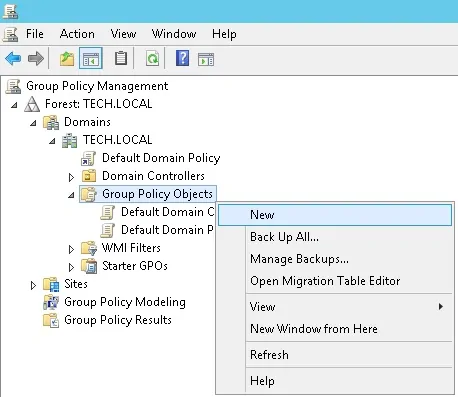
Enter a name for the new group policy.
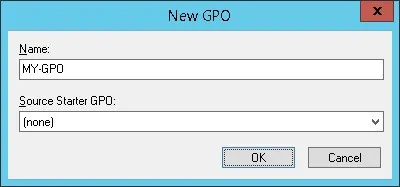
In our example, the new GPO was named: MY-GPO.
On the Group Policy Management screen, expand the folder named Group Policy Objects.
Right-click your new Group Policy Object and select the Edit option.
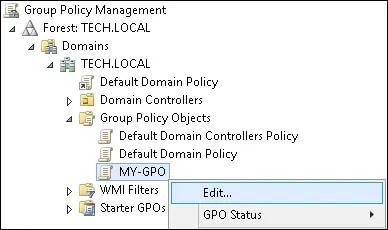
On the group policy editor screen, expand the Computer configuration folder and locate the following item.
Right-click on the Registry option and create a Registry entry.
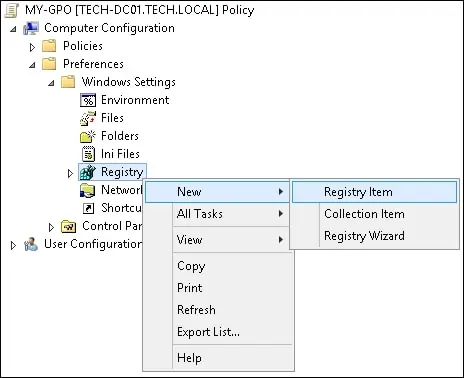
On the registry Window, perform the following configuration.
• Action: Create
• Hive: HKEY_LOCAL_MACHINE
• Key Path: SYSTEM\CurrentControlSet\Services\LanmanServer\Parameters
• Value name: SMB1
• Value type: REG_DWORD
• Value data: 0
Click on the OK button.
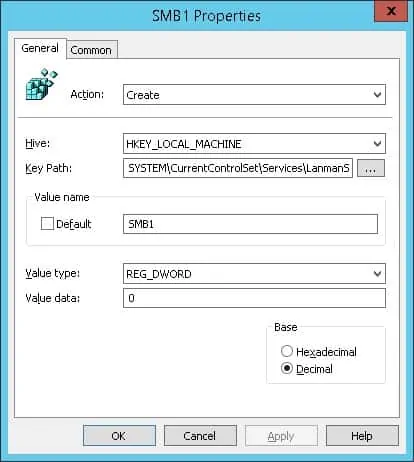
To save the group policy configuration, you need to close the Group Policy editor.
Congratulations! You have finished the GPO creation.
Tutorial GPO - Disable the SMBv1 protocol
On the Group policy management screen, you need to right-click the Organizational Unit desired and select the option to link an existent GPO.

In our example, we are going to link the group policy named MY-GPO to the root of the domain.
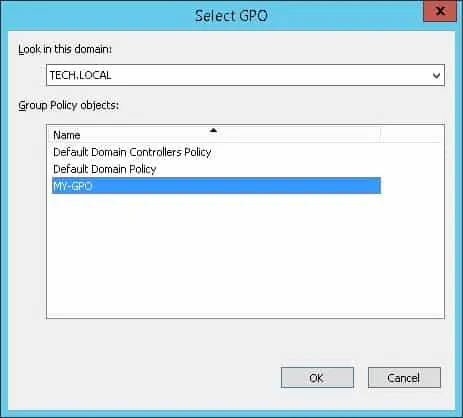
After applying the GPO you need to wait for 10 or 20 minutes.
During this time the GPO will be replicated to other domain controllers.
In our example, we used a GPO to disable the SMBv1 protocol on the domain computers.
